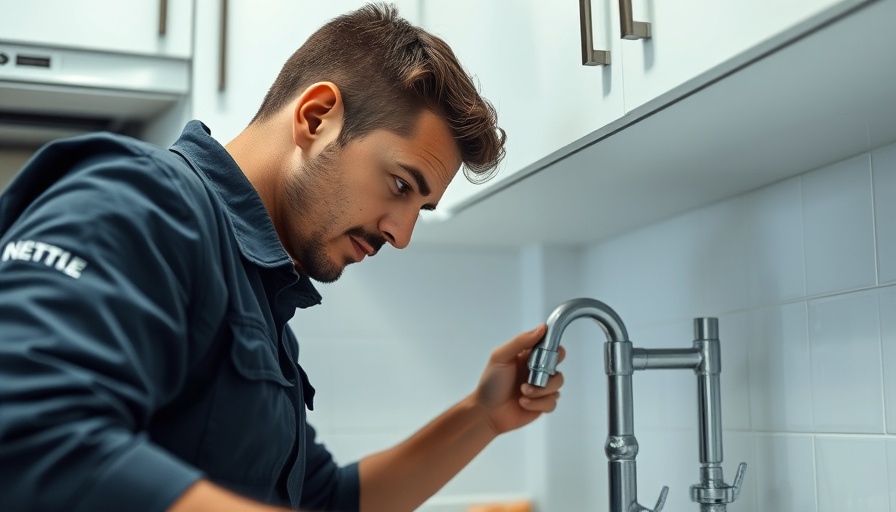
Revamp Your Home: Plumbing Tips for Kitchen and Bathroom Renovations
Planning a kitchen or bathroom renovation is an exciting journey that offers the chance to enhance not just aesthetics, but functionality as well. However, plumbing considerations can turn a thrilling project into a challenging one without proper preparation. From evaluating existing plumbing systems to selecting quality fixtures, here are essential tips to guide you through the renovation process.
Start with a Strategic Plumbing Layout
Before diving into renovations, visualizing and planning your plumbing layout is crucial. Knowing where sinks, toilets, and washing machines go is not just about aesthetics; it impacts plumbing efficiency. For example, placing a dishwasher too far from the sink could result in a messy cleanup. Measure your space and plan around existing drainage lines to minimize disruption and costs, ensuring all fixtures align perfectly with your design vision.
Inspect and Upgrade Existing Plumbing Systems
A common renovation pitfall is overlooking the integrity of existing pipes and fixtures. Your renovation could end up costing more if underlying plumbing problems are left unaddressed. Inspect for wear, leaks, or blockages before you install new fixtures. Consider replacing old pipes with modern materials, such as PEX or PVC, which are not only durable but also offer flexibility in challenging layouts. Consulting a professional can save money and headaches in the long run.
Opt for Quality Over Price
When it comes to plumbing fixtures like faucets or showerheads, choosing high-quality products pays dividends over time. Fixtures that break down frequently can lead to unexpected expenses due to repairs. Look for names with strong warranties and favorable customer reviews. Remember, investments in durable materials can enhance your home’s overall value and livability.
Proper Ventilation: A Key Consideration
In moisture-heavy areas such as kitchens and bathrooms, proper ventilation is essential to prevent mold, mildew, and lasting damage. Installing exhaust fans or adequate range hoods helps manage humidity, promoting a healthier environment while also protecting your plumbing from condensation-related issues.
Consider Water Quality
While planning your renovation, don't overlook water quality and pressure. Homes with high water pressure can face accelerated wear on plumbing systems. Installing a water pressure regulator is a straightforward solution that can extend the life of your plumbing materials significantly. Make sure to test your home’s water pressure before proceeding with renovations.
Ultimately, a successful renovation hinges on a well-planned plumbing strategy. By incorporating these essential tips, you’re on your way to creating beautiful, functional spaces that stand the test of time.
 Add Row
Add Row  Add
Add 




Write A Comment